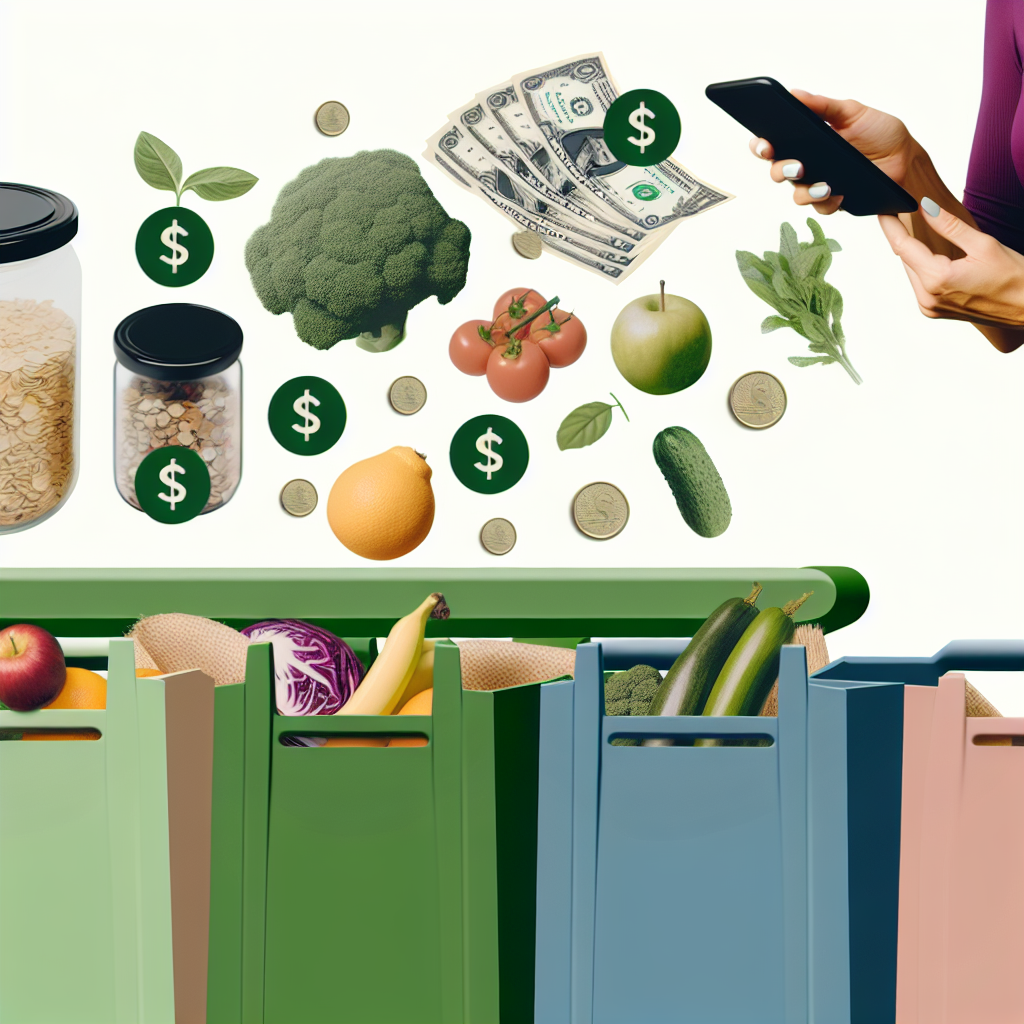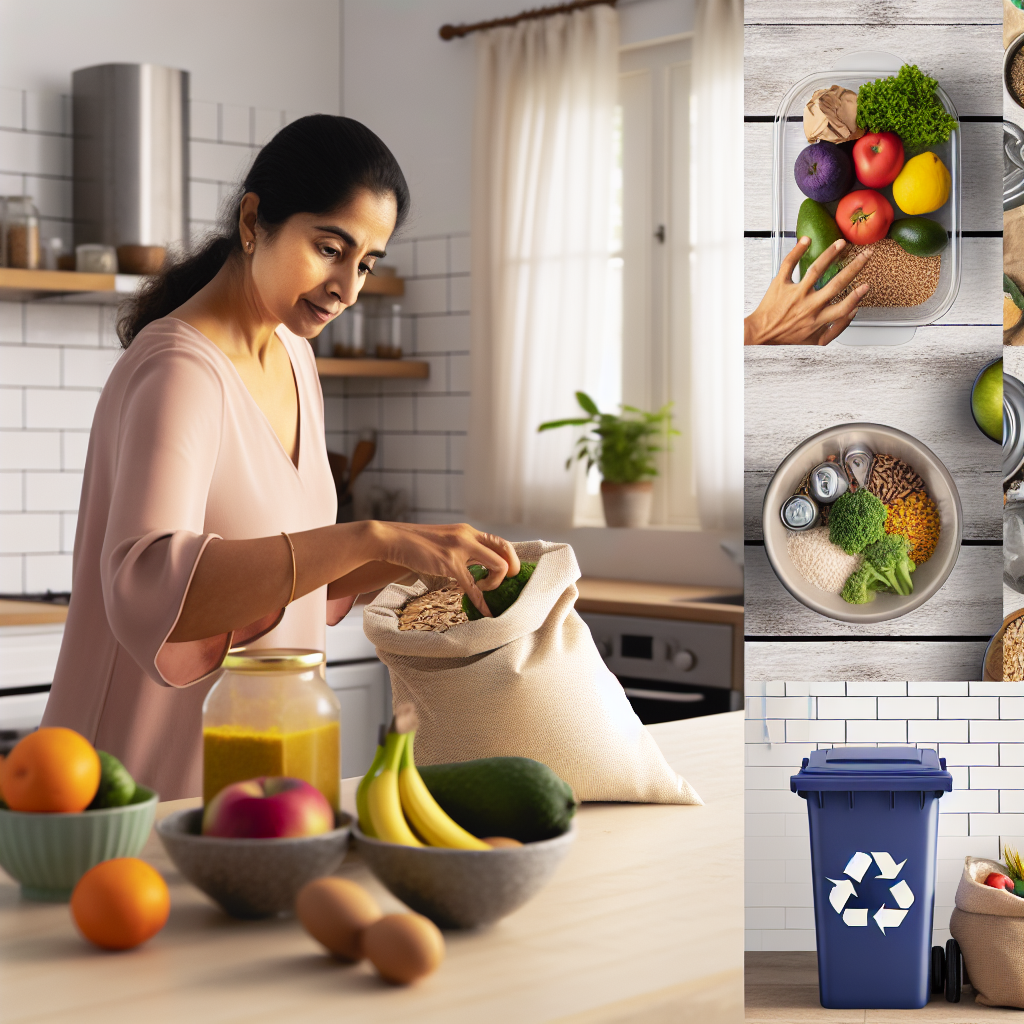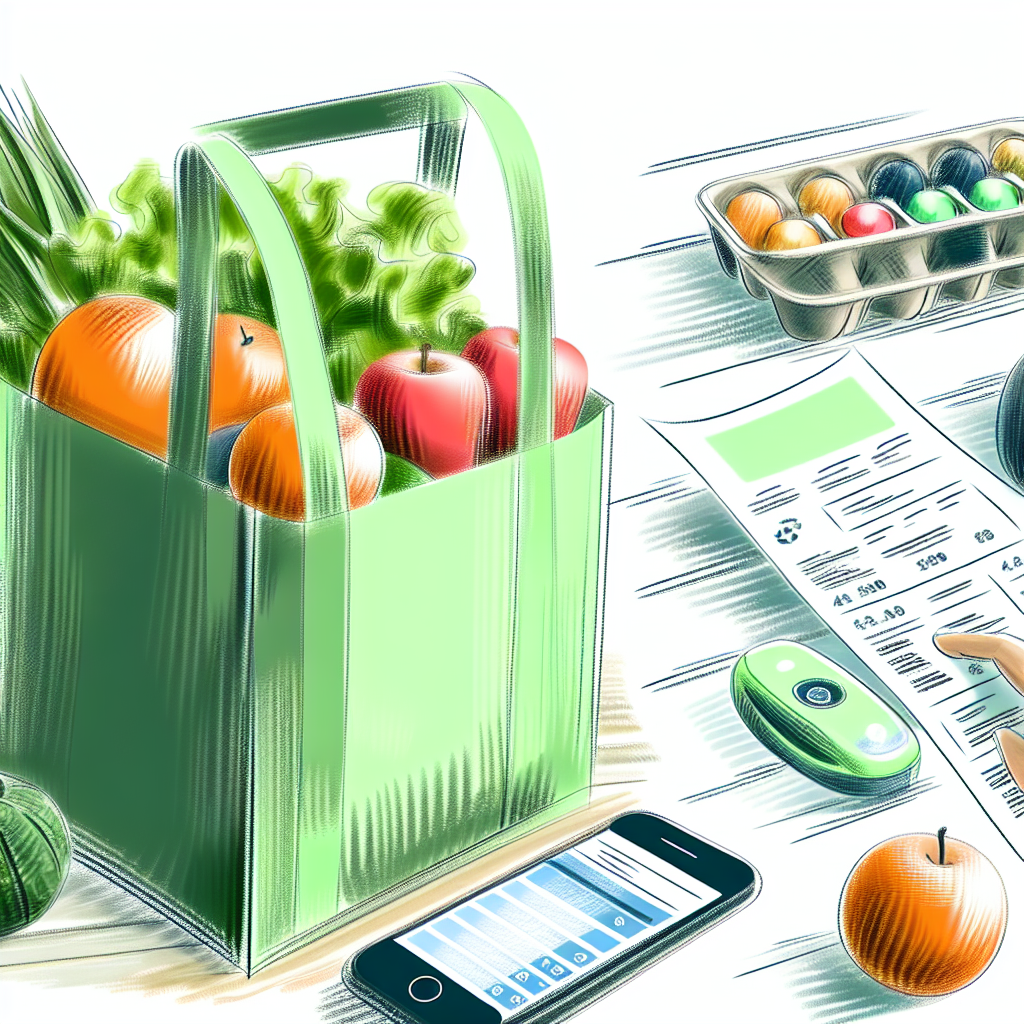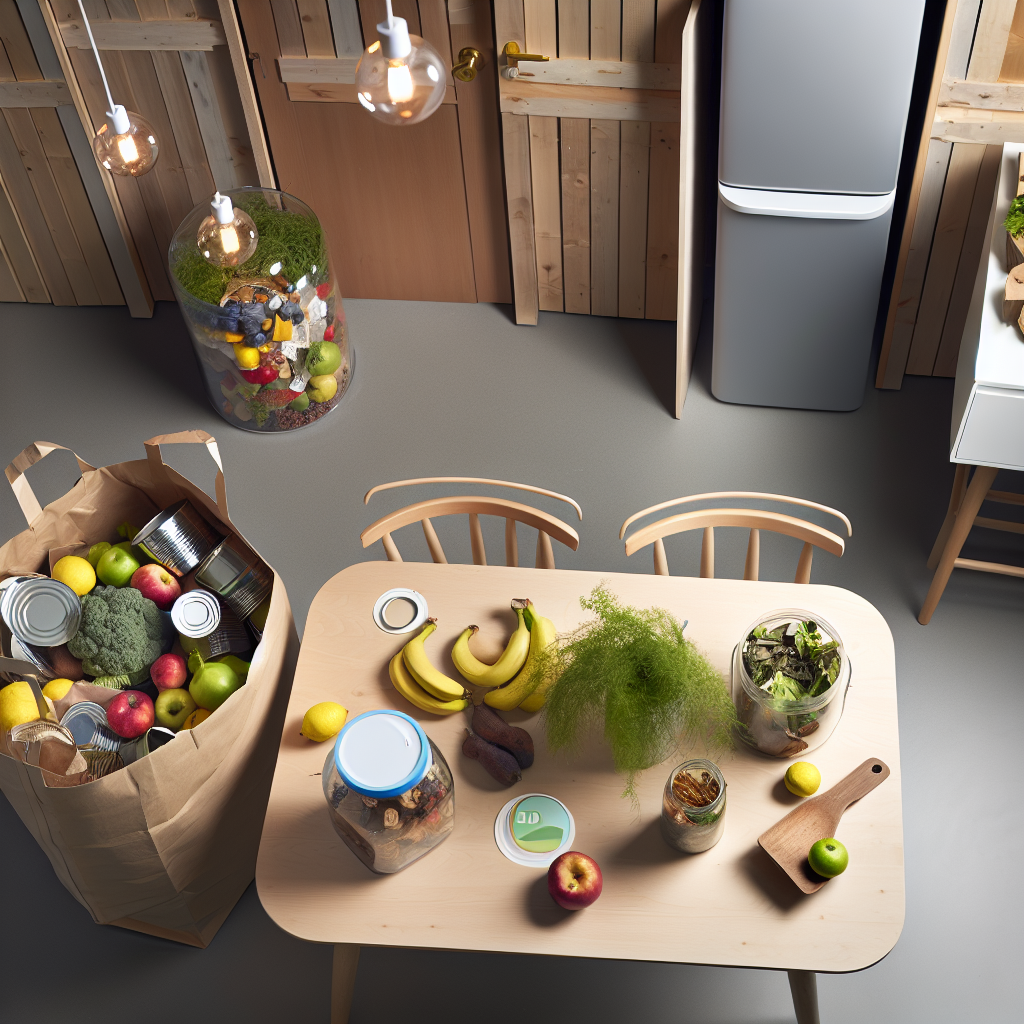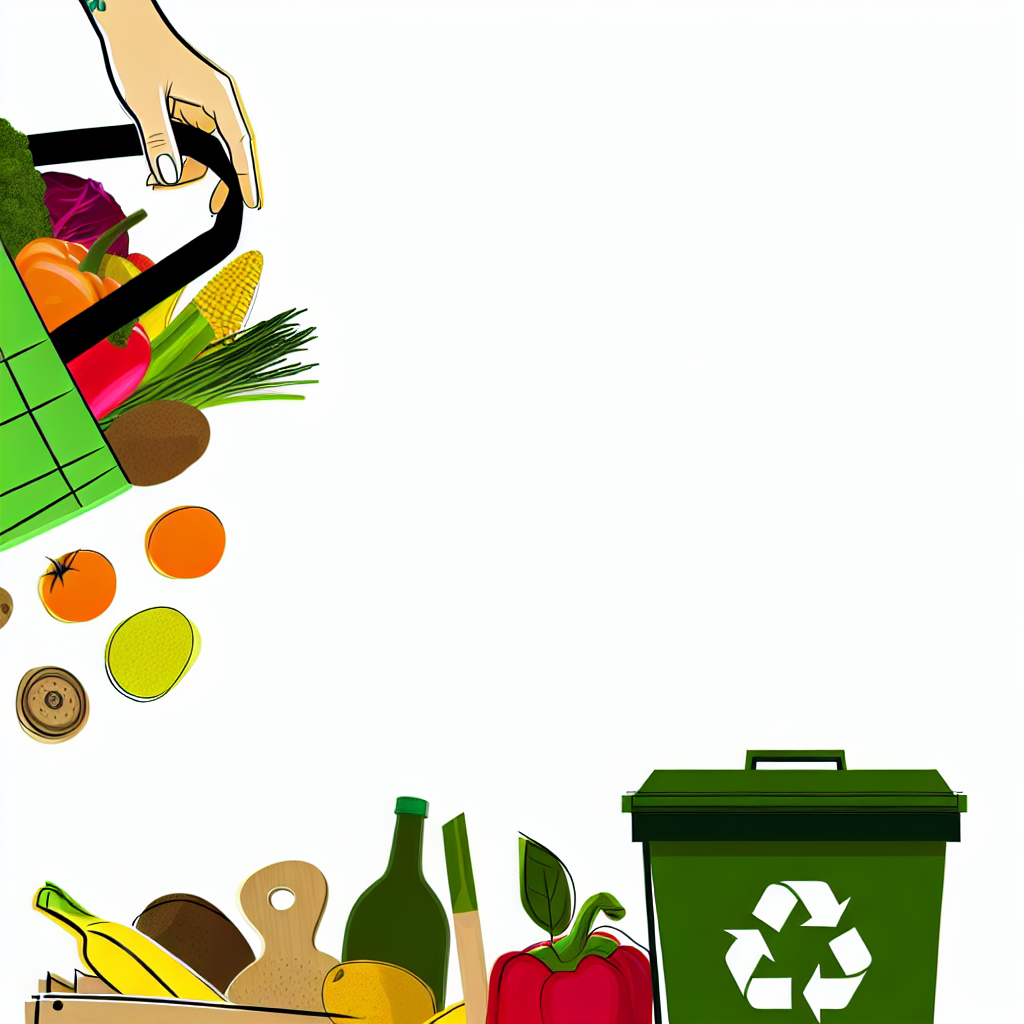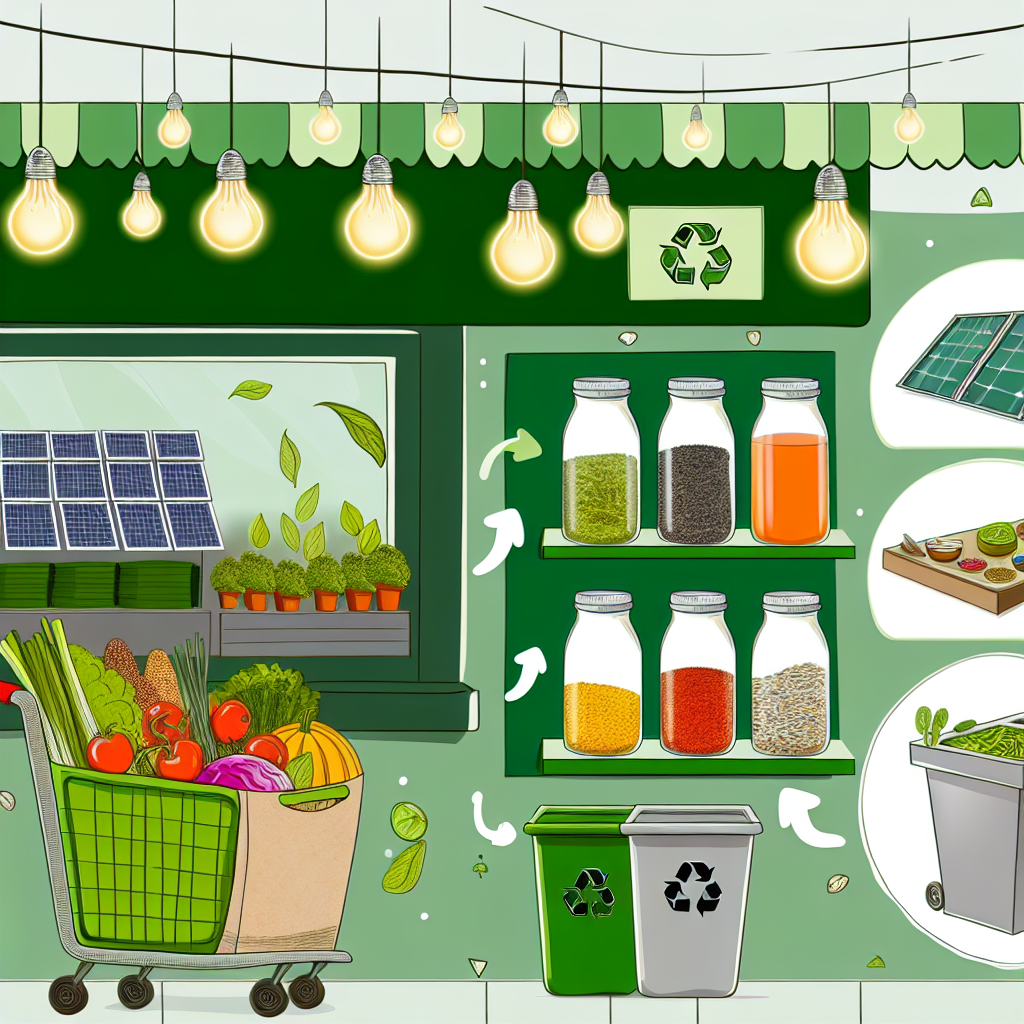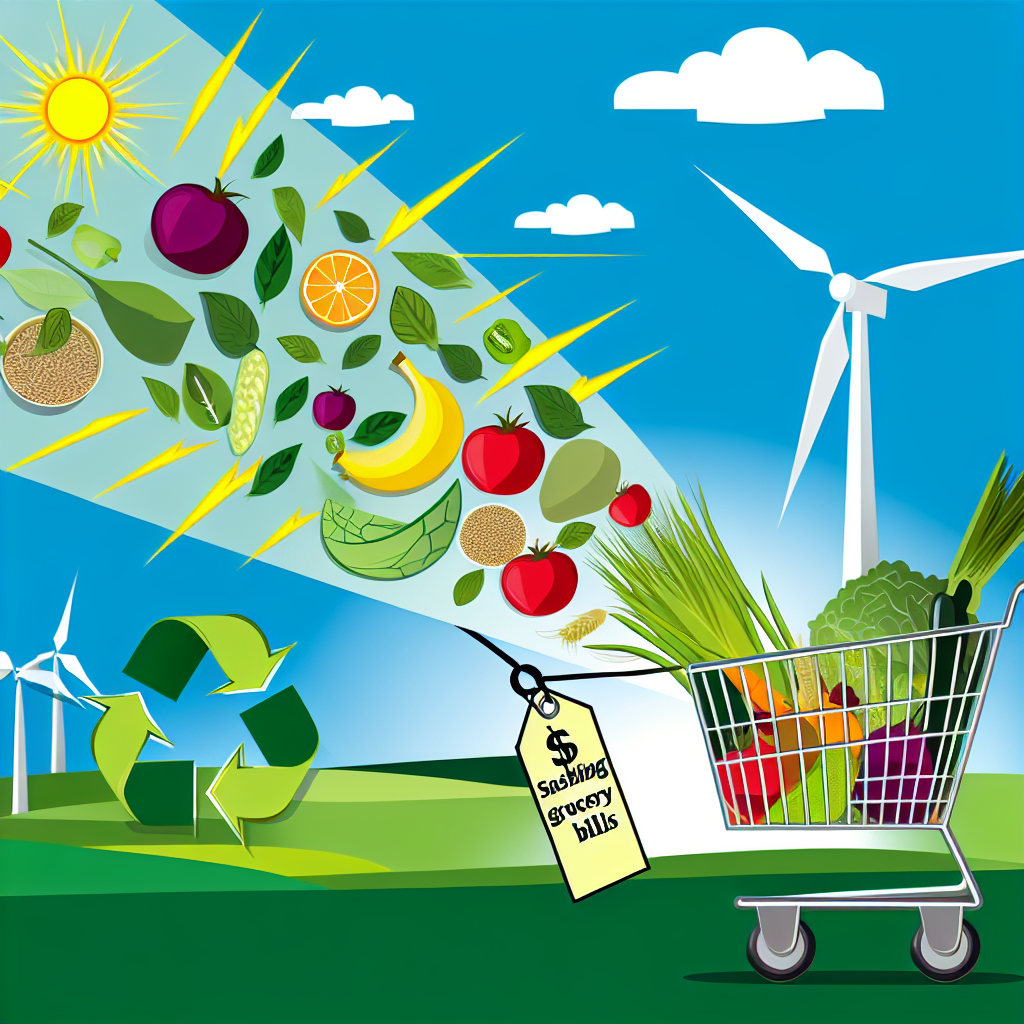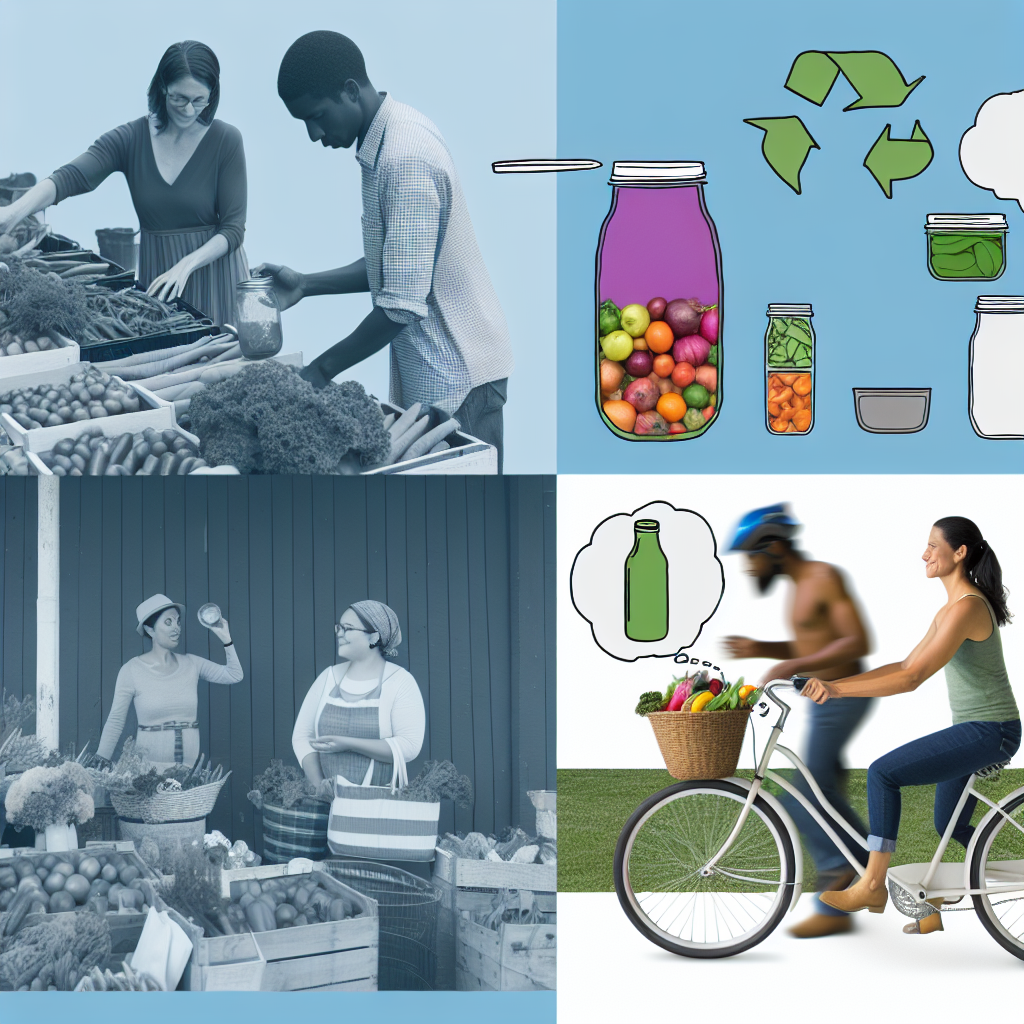10 Cool Ways to Save Money on Groceries and Help the Earth
Welcome to Frugal Zeitgeist! Here, we show you how to save money while being kind to our planet. If you love finding ways to spend less and make eco-friendly choices, you’re in the right spot. Today, we’ll explore how to cut down your grocery bill and take care of Mother Earth at the same time. Let’s dive in!
1. Try Plant-Based Eating
Eating plant-based doesn’t mean you have to eat plain tofu all the time. It’s about enjoying a bunch of colorful and cheap foods! Eating less meat and dairy can save you money and reduce your carbon footprint.
- Cheaper Choices: Things like beans, lentils, and legumes cost less than meat.
- Good for the Planet: Plant-based foods usually need less water and energy to grow.
- Tips: Add tasty and cheap foods like quinoa, chickpeas, and mushrooms to your meals.
2. Buy in Bulk
Buying in bulk might make you think of having huge ketchup bottles in your garage, but it’s really a smart way to save! Buying grains and nuts this way can lower costs and cut down on plastic waste.
- Save Money: When you buy more, you pay less per item.
- Less Waste: Bring your own containers to bulk stores to reduce packaging waste.
- Storage Tips: Use airtight jars to keep your bulk buys fresh and avoid spills in your kitchen.
3. Pick Seasonal and Local Veggies and Fruits
Eating seasonal foods is like a fun game for your taste buds. Seasonal food is fresher, tastier, and often cheaper.
- Why Cheaper? Local foods don’t need lots of shipping and storage, which keeps costs low.
- Help Local Farmers: Buying local helps your community and cuts down on pollution from transport.
- Find Local Foods: Visit your town’s farmer’s market or get a local produce box delivery.
4. Grow Your Own Herbs and Veggies
Imagine picking fresh basil from your window or getting juicy tomatoes from your balcony. Even if you don’t have a big yard, you can garden!
- Save Money: Growing your own herbs costs less than buying them.
- Easy Start: Begin with easy plants like basil, parsley, and tomatoes.
- Small Spaces: Use vertical gardens or window boxes even if you have a tiny space.
5. Cut Down on Food Waste
Wasting food hurts both your wallet and the planet. Your kitchen can be a place for fun, not waste!
- Good for the Planet: Wasting food adds to greenhouse gases. Let’s fix that by using what we have.
- Smart Strategies: Plan meals, store food right, and love leftovers.
- Get Creative: Use wilting veggies for vegetable stock or turn old bread into croutons.
6. Use Reusable Bags and Containers
Who said practical can’t be stylish? Swap single-use bags for reusable ones and save money!
- Why Reusable? They cut down on plastic use, saving both money and the planet.
- Cool Options: Try things like beeswax wraps, canvas bags, and recycled containers.
- Storage Tip: Keep some reusable bags in your car or backpack for quick trips.
7. Use Store Loyalty Programs and Coupons
It might seem like there’s no free lunch, but smart shopping can get you close!
- Loyalty Programs: They offer discounts and rewards for your shopping.
- Find Coupons: Use apps or paper coupons to save even more money.
- Go Green: Choose stores that sell ethical and eco-friendly products.
8. Cook from Scratch
Pre-made meals are tempting, but cooking from scratch saves money and is more eco-friendly.
- Save Money: Homemade meals are usually cheaper over time.
- Quality Control: You pick all the ingredients!
- Easy Recipes: Try making a veggie stir-fry or a yummy soup.
9. Try Meatless Mondays
Not ready to stop eating meat? How about starting with Meatless Mondays?
- Why Try It: It’s good for your budget and the planet.
- Meal Ideas: Try spinach lasagna or black bean tacos.
- Save the Planet: Eating less meat even once a week helps cut your carbon footprint.
10. Use Less Plastic
Our grocery shopping shouldn’t create lots of plastic trash. Using less helps the Earth.
- Eco-Friendly: Less plastic means less pollution.
- Choose Better: Use glass or stainless-steel containers if you can.
- Speak Up: Ask your local store for sustainable options. Many voices can lead to change!
Conclusion
There you have it—ways to shop that help the Earth and your wallet. It’s all about trying new things and not being perfect. Start small and add new methods as you get comfy. Share your eco-friendly wins with us at Frugal Zeitgeist. We love seeing your green success!
Extra Resources
- Find budget-friendly recipes here.
- Need help starting your home garden? Check this guide.
- Learn how eating less meat helps the world in this study.
Final Thoughts
Small changes make big impacts. By using these tips, we’re creating a beautiful, green world where every action matters. Let’s do this together, smiling and saving money one step at a time! 🌱💰
